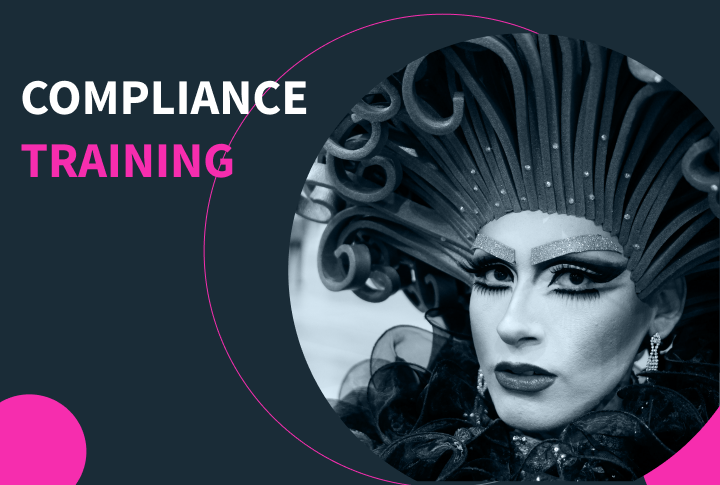Launching compliance training 4/6: Setting up a communication plan



This is the fourth post from the checklist series ‘Launching Compliance Training’. Make sure that you have finished the previous list of Things to consider when setting up the access before you continue with this one.
Getting the word out is important. Firstly, people need to be aware that the training exists. Secondly, your learners need to understand the importance of the compliance training and why they need to complete it. The only way to achieve this is through a well-thought-out and clear communication plan.
This checklist will cover everything you need to consider in order to create a successful communication plan for your compliance training.
Means of communication
The best point-of-call for communication is undoubtedly your internal communications team. If your company is lucky enough to have one, then it is wise to work closely with them to understand what communication tools you have available, and the best way to use them.
Once you have uncovered this, consider the following:
-
What will be your primary means of communication with employees?Usually, this will be through email. However, there may be those who do not have a corporate email address. If this is the case, consider the alternatives. This may be channels like line managers, intranet systems or corporate message boards.
-
What will be the secondary support communication channels?
Consider all communication channels that are at your disposal, such as newsletters, social networks and intranets. It’s also worth noting that not everyone will be digitally savvy, so having a mix of online or offline channels will remove the risk of excluding groups of employees. See what your employees are already doing. Look at their habits and preferences and adapt your communication plan accordingly.
For the best results, think as broadly as possible. It might be worth having compliance training ambassadors that can provide a helping hand in spreading the word and instilling a positive attitude. In the same vein, consider activating people that are role models when it comes to a high standard of ethical conduct, such as upper management.
-
How will you report on the success/criticisms of the training to the stakeholders and vendors involved?Your stakeholders, higher management or anyone else involved in the launch of the training needs to be kept in the loop even after the training’s roll-out. A good way to do this is through regular, scheduled email updates so everyone knows where they stand and how well the training is going.

Communication content
Use the following checklist to ensure that all of the essential information is covered when communicating with the learners:
-
The title of the training
-
The topics covered in the training
-
The benefit for the learnerIt is essential that the learners understand why they are taking part in the training. This is because your learners are more likely to do the training if they understand what is in it for them.
-
Deadline to complete the training
-
Login/registration link (or another route to the training)
-
Special system requirementsSpecial system requirements could be anything that may affect the accessibility of the compliance training. This could be anything from browser or system updates to software installations and mobile apps etc.
Building awareness before and after launching the training
When it comes to training, high completion rates don’t come automatically. Learners need to be engaged for the long term. To do this, you need to pique their interest from before the training has begun, all the way through until it is completed.
-
Are employees aware that mandatory training is coming their way?
Training is usually not an employees’ first priority. For this reason, employees need time and preparation in order to plan mandatory training into their day.
Additionally, a pre-launch campaign can help you raise interest amongst line managers or other leaders. This is vital as it is these individuals who are the real sponsors of every successful training initiative.
It is important to remember that this will be your first contact with the learners around the training. Therefore, your message needs to be carefully considered as they will set the tone throughout the training period.
-
How will you chase those falling behind?
People are prone to forget. It’s likely that not all learners will complete the training the first time they are told about it.
Regular reminders for those falling behind are therefore essential, just don’t overbear them. Finding the sweet spot when it comes to frequency is crucial.
One way to avoid nagging the learners is to provide line managers with updates on their team’s progress. If people in their team are falling behind, the line managers can remind them in person.
-
How will employees communicate their feedback on the training after completing it?
Employee feedback provides valuable insights into the learning experience, content and any improvements that can be made. It can also be used as a great starting point for when your next training comes around.
A feedback option may already be integrated into your LMS, but there are other options to consider. For example, you might want to provide an email address where employees can leave feedback, or you could give feedback forms to the line managers who can collate the learner’s thoughts.
Your communication plan has been planned down to the last detail? The next post in our checklist series ‘Launching Compliance Training’ will help you make sure you are ready to manage the users in your compliance training.
Follow us on Twitter and LinkedIn so you don’t miss the next article from this series.


